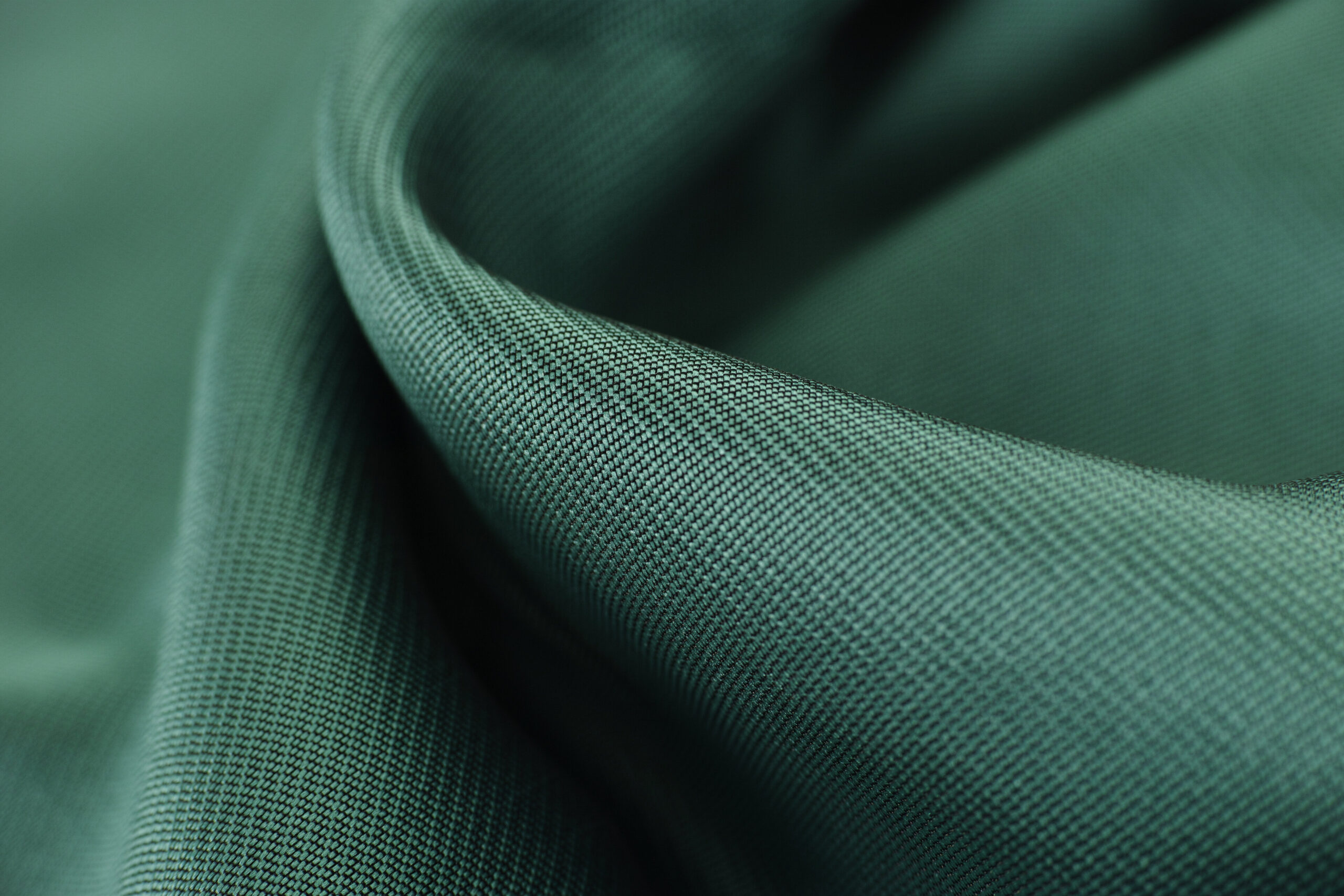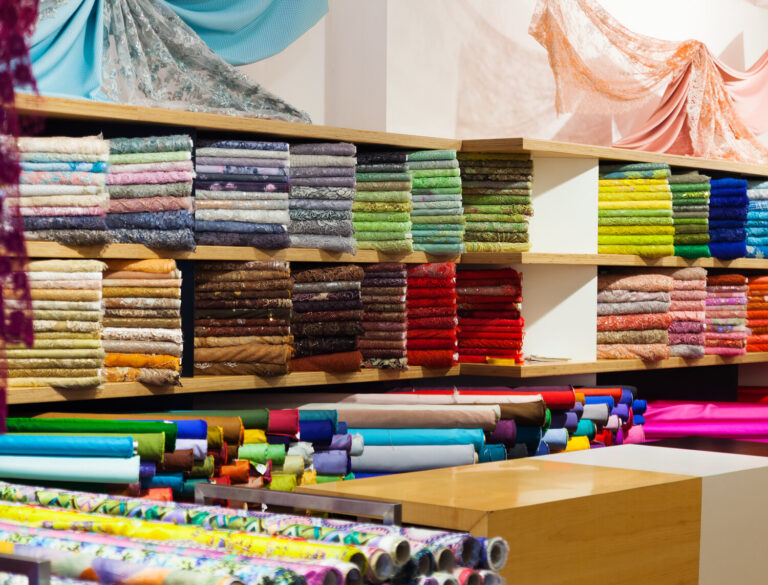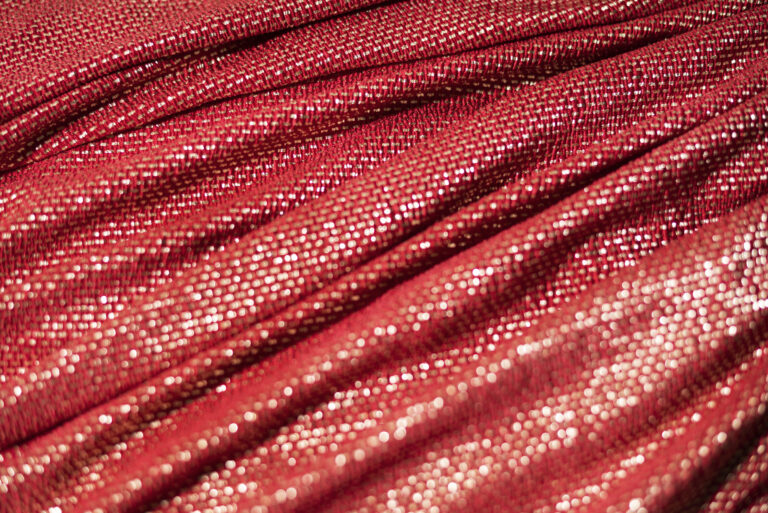Top 8 Types of Cotton Fabrics Every A Fashion Designer Should Know About
Cotton is one of the most popular and versatile fabrics used in the fashion industry. It’s a natural fiber that’s breathable, durable, and easy to care for.
As a fashion designer, it’s important to understand the different types of cotton fabrics available and how to choose the right one for your designs.
In this post, we’ll explore the top 8 types of cotton fabrics every fashion designer should know, as well as tips for working with them and factors to consider when choosing them.
Factors to Consider When Choosing Cotton Fabrics
When choosing cotton fabrics for your fashion designs, there are several factors to consider. These include:
1 Texture, weight, and drape
- Consider the texture and weight of the fabric, as well as how it drapes and moves.
- Think about the type of garment you’re designing and how the fabric will work with that design.
2 Color and pattern options
- Consider the range of colors and patterns available in the fabric you’re choosing.
- Think about how the color and pattern will work with your design and the overall aesthetic you’re going for.
3 Care and maintenance requirements
- Consider how easy the fabric is to care for and maintain.
- Think about the washing and drying instructions for the fabric and whether they will be feasible for your design.
4 Cost and availability
- Consider the cost and availability of the fabric you’re choosing.
- Think about your budget and whether the fabric is accessible and affordable for your design.
Tips for Working with Cotton Fabrics
Working with cotton fabrics can be straightforward, but there are some tips and techniques to keep in mind to ensure your designs turn out well. These include:
1 Pre-washing and ironing
- Always pre-wash and iron your cotton fabrics before cutting and sewing.
- This will help remove any shrinkage and ensure the fabric is smooth and even.
2 Cutting and handling techniques
- Use sharp scissors or a rotary cutter to cut your cotton fabrics.
- Handle the fabric gently to avoid stretching or distorting it.
3 Sewing machine settings and needle types
- Use a universal needle when sewing cotton fabrics.
- Adjust your sewing machine settings to accommodate the weight and texture of the fabric.
By considering these factors, you can choose the right cotton fabric for your design that meets your specific needs and preferences.
Also read: The 9 Best Winter Fabrics for a Perfect Fit and Maximum Comfort
Types of Cotton Fabrics
Cotton fabrics come in a variety of textures, weights, and finishes, making them ideal for a wide range of fashion designs.
The following are 8 different types of cotton fabrics that you should have in your fabrics box
1 Poplin
Poplin is a plain-weave cotton fabric that’s lightweight, crisp, and durable. It’s made from fine yarns that are tightly woven together, creating a smooth and shiny surface.
Poplin fabrics are often used for dress shirts, blouses, skirts, and dresses.
Pros:
- Easy to care for and maintain
- Durable and long-lasting
- Smooth and shiny surface
- Available in a wide range of colors and patterns
Cons:
- Can be prone to wrinkling
- May not be as breathable as other cotton fabrics
- May shrink or fade over time
2 Twill
Twill is a cotton fabric that’s characterized by its diagonal weave pattern. It’s made by weaving the yarns over and under each other in a specific pattern, creating a sturdy and durable fabric.
Twill fabrics are often used for pants, jackets, and workwear.
Pros:
- Sturdy and durable
- Hides stains and dirt well
- Available in a variety of weights and textures
- Has a soft and comfortable feel
Cons:
- May require special care and handling
- May be prone to wrinkling
- Limited color and pattern option
3 Denim
Denim is a cotton fabric that’s characterized by its blue color and diagonal twill weave pattern.
It’s a durable and sturdy fabric that’s often used for jeans, jackets, and overalls. Denim fabrics are made by weaving together two different colors of yarn: blue and white.
Pros:
- Durable and long-lasting
- Hides stains and dirt well
- Has a unique and iconic look
Cons:
- May require special care and handling
- Can be prone to fading and shrinkage
- May be too heavy or stiff for some designs
5 Chambray
Chambray is a lightweight cotton fabric that’s similar to denim but has a softer and more lightweight feel.
It’s made by weaving together white and colored yarns in a plain weave pattern, creating a subtle and textured appearance. Chambray fabrics are often used for shirts, dresses, and skirts.
Pros:
- Soft and lightweight
- Breathable and comfortable
- Versatile and easy to work with
- Has a subtle and textured appearance
Cons:
- May require special care and handling
- Limited color and pattern options
- May be too thin or sheer for some designs
6 Muslin
Muslin is a lightweight and loosely woven cotton fabric that’s often used for making prototypes and mock-ups.
It’s an affordable and versatile fabric that allows designers to test out their designs before making them in more expensive fabrics. Muslin fabrics come in a range of weights and finishes.
Pros:
- Affordable and accessible
- Easy to work with and sew
- Allows designers to test out their designs
- Available in a variety of weights and finishes
Cons:
- Not suitable for finished garments
- Limited color and pattern options
- May shrink or wrinkle easily
7 Jersey
Jersey is a soft and stretchy cotton fabric that’s often used for t-shirts, dresses, and leggings. It’s a knit fabric that’s made by looping the yarns together, creating a stretchy and comfortable fabric.
Jersey fabrics come in a range of weights and finishes, from lightweight and drapey to heavy and structured.
Pros:
- Soft and comfortable
- Stretchy and flexible
- Versatile and easy to work with
- Available in a variety of weights and finishes
Cons:
- May require special care and handling
- Limited color and pattern options
- May stretch out of shape over time
8 Flannel
Flannel is a soft and warm cotton fabric that’s often used for pajamas, shirts, and blankets. It’s made by brushing the surface of the fabric, creating a fuzzy and textured appearance.
Flannel fabrics are available in a range of colors and patterns, from classic plaids to whimsical prints.
Pros:
- Soft and warm
- Comfortable and cozy
- Available in a variety of colors and patterns
- Has a unique and textured appearance
Cons:
- May require special care and handling
- May shrink or pill over time
- Limited use in certain types of fashion designs
Conclusion
Cotton is a versatile and popular fabric that’s used in a wide range of fashion designs.
By understanding the different types of cotton fabrics and their characteristics, you can choose the right fabric for your design that meets your specific needs and preferences.
Whether you’re creating a casual t-shirt or an elegant evening gown, cotton is a reliable and stylish choice that’s sure to impress.
So go ahead and experiment with different cotton fabrics to create designs that are both beautiful and functional.


